Born into a family of dough sculptors, Lang Jiaziyu began learning dough sculpture at the age of 3. She has been passionate about traditional crafts since childhood but was also uncertain about how to keep traditional art alive as times changed.
Lang found her path forward by using advanced digital technology. On one hand, she digitally cataloged existing dough sculpture works, protecting them through technical means such as 3D scanning. On the other hand, she shared her artifacts and creative process online, spreading these intangible cultural heritages and gaining 2 million fans.
"They are not only my fans but also fans of traditional Chinese culture," she said.
Lang's story shows that young people are not only the inheritors and promoters of traditional culture but also the beneficiaries of cultural development, as various cultural forms have emerged in more vivid and creative ways, attracting more young people.
On one of China's most popular video-sharing platforms, Bilibili, a video by post-95 content creator "Jiang Xunqian," titled "Girls Challenging the Millennium Skill – Iron Flowers, a Folk Art Performance of Throwing Molten Iron to Create Fireworks," gained widespread popularity and became the only video about traditional culture among the top 10 original videos on the platform in 2023.
Data from Bilibili showed that as many as 274 million internet users watched traditional culture video content on Bilibili in 2022 alone, with a total of 12 billion views. The data also revealed that most of these videos are created and uploaded by young content creators. Another popular video-sharing app, Kuaishou, also released data showing that a video related to intangible cultural heritage is uploaded every 3 seconds on the platform, and more than 60 percent of these videos are produced by users born after the 1990s.
Young people in other countries have also been sharing their traditional culture and arts via videos on various social media platforms, including Facebook and TikTok.
For example, young internet users created a group called "Social Distance Powwow" on Facebook, where they share videos on Native American cultural traditions like drumming and dancing to connect Indigenous people and spread awareness about Native American cultures.
Feng Ji, producer of the well-known game Black Myth: Wukong, believes that digital technology has natural advantages in promoting the development and dissemination of traditional culture, such as helping young people to accept and appreciate traditional culture through the medium of games.
"I think it will become a very fragile thing if there is no modern technology to give it [intangible cultural heritage] a chance to let more modern people better understand and appreciate it," Feng said.
In the opinion of Zhou Min, assistant dean of the School of Journalism and Communication at Beijing Normal University, intangible cultural heritage has its "fragility," but through digital technology, it can gain resilience.
"[Intangible cultural heritage] may be matched with many scenes and environments, allowing it to further evolve and show a new life," Zhou added.
The communique of the Third Plenary Session of the 20th Central Committee of the Communist Party of China called on the Chinese people to boost cultural confidence and work to carry forward traditional Chinese culture, stay abreast of the latest trends in information technology, cultivate a vast pool of talent in the cultural sector, and ignite the cultural creativity of the entire nation.
"Yanhong Aimee," another content creator on Bilibili, specializes in creating exquisite traditional costumes using everyday materials. For example, she can use cans to make intricate Miao headwear and phoenix crowns, a type of headdress worn by lead characters in Peking Opera.
Young Chinese internet users have continuously explored and provided their own answers to how best to protect, inherit, innovate, and share China's excellent traditional culture, said Chen Caiyin, director of public affairs at Bilibili.








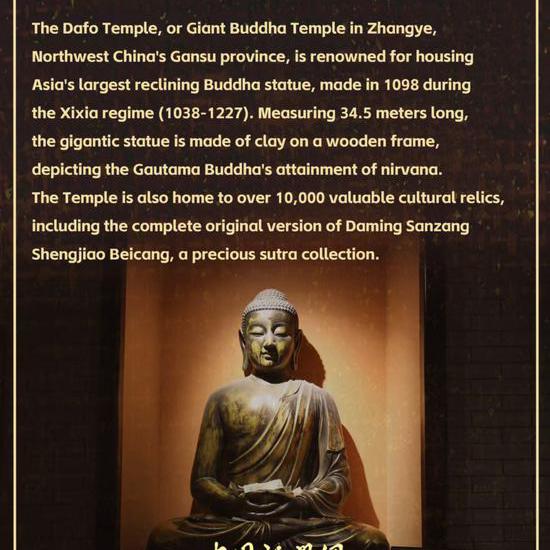


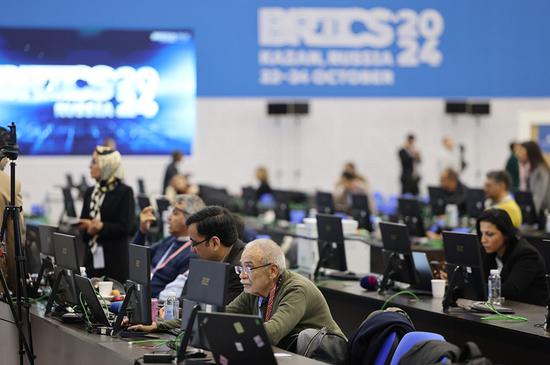
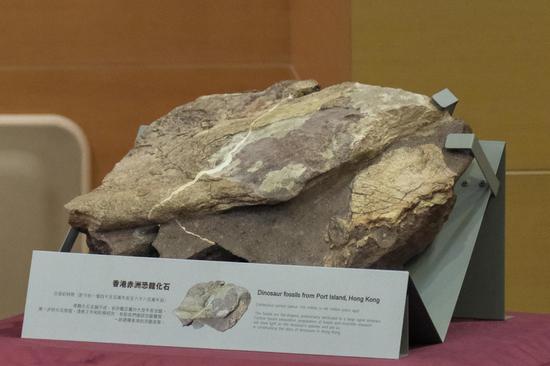










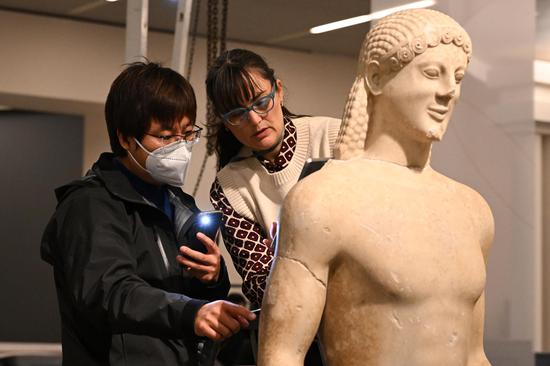




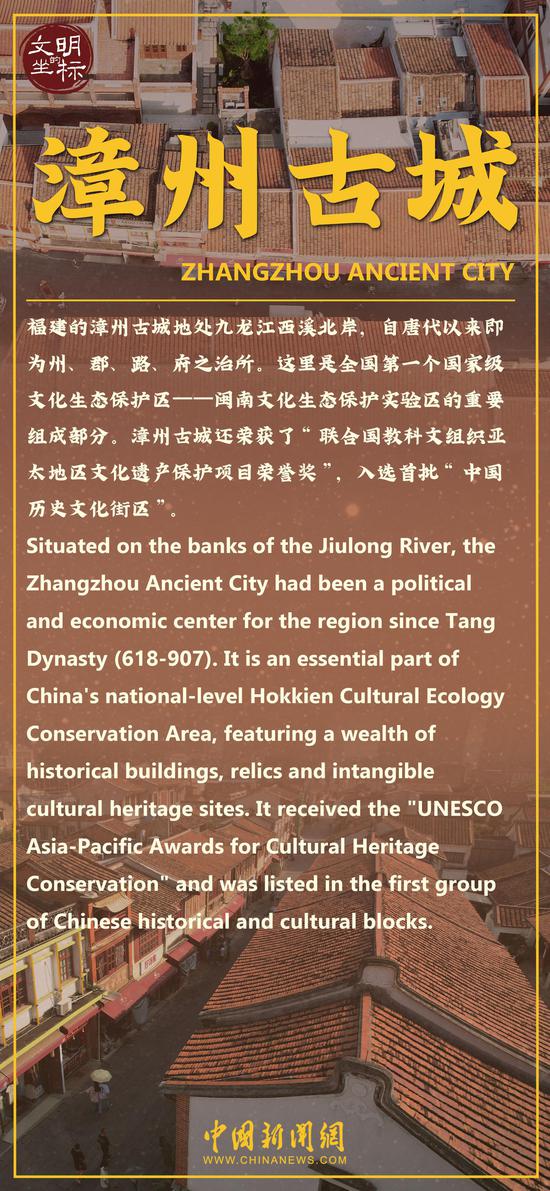
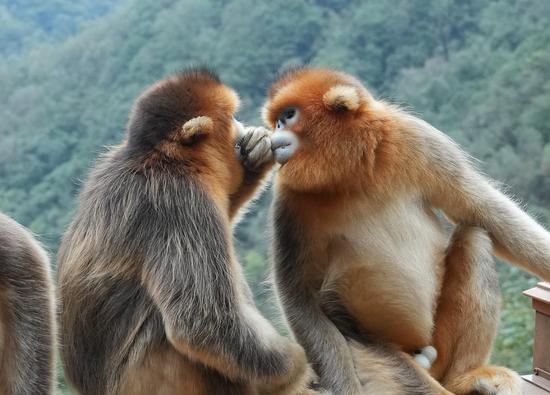

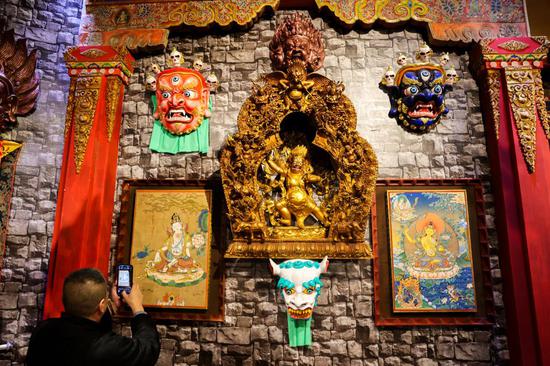



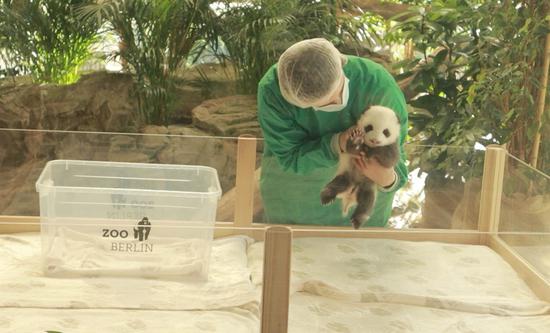














 京公网安备 11010202009201号
京公网安备 11010202009201号